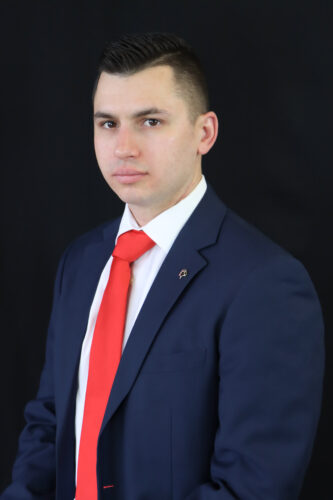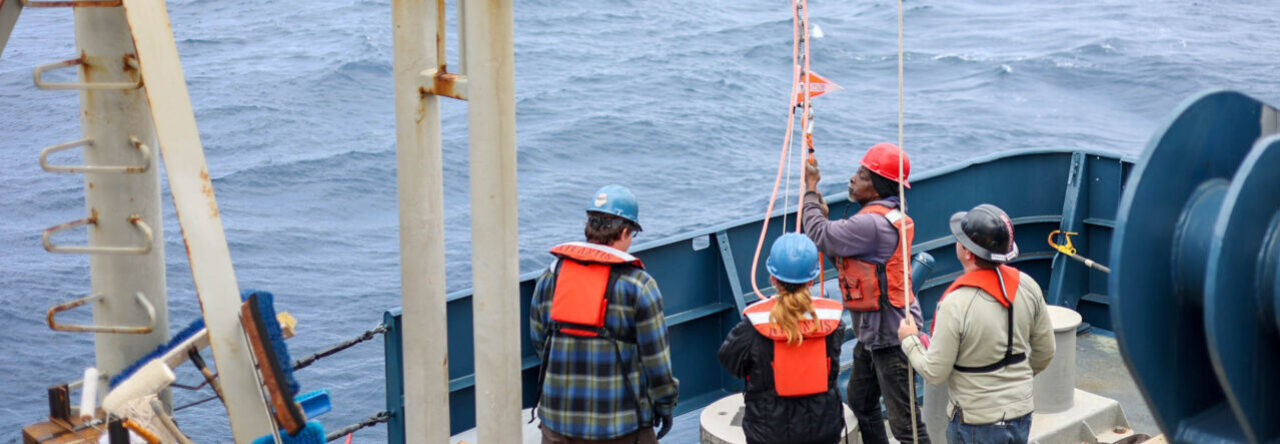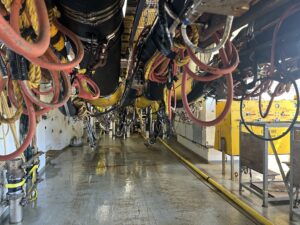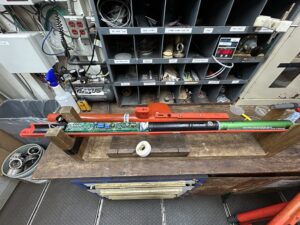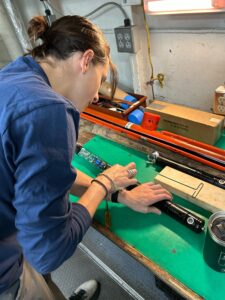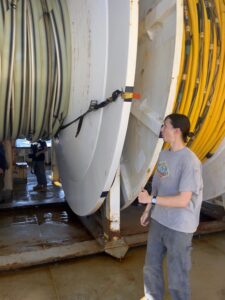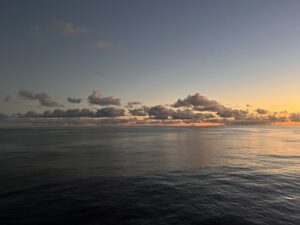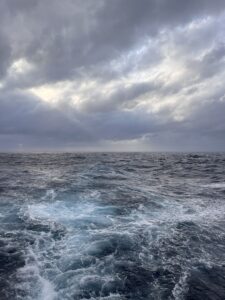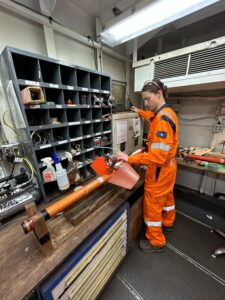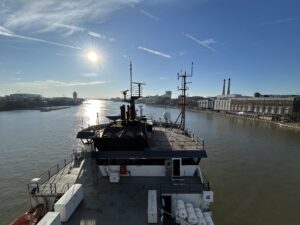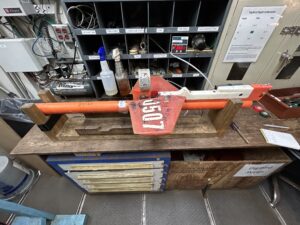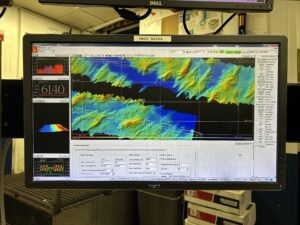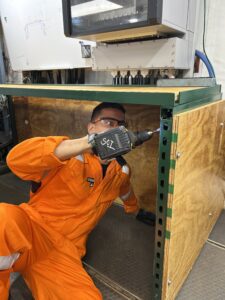Hello everyone,
I’ve spent the past week aboard the Marcus G. Langseth, gaining valuable exposure to its unique labs and state-of-the-art oceanographic equipment. On my first day, I had the opportunity to tour several areas of the ship, including the Main, Wet, Dry, and Port Labs, as well as the Gun Shop, Bird Shack, and Muster Station. Each of these spaces offered insight into the operations and specialized functions aboard the vessel.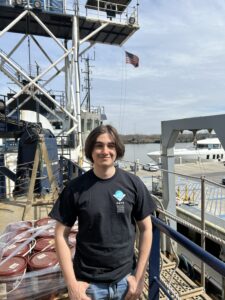
Throughout the week, my fellow interns and I worked closely with our mentor, Cody Bahlau, on a variety of tasks around the ship. One of the daily activities we assisted with was performing the BIST for the swath mapping sonar, ensuring its functionality, and resetting the weather station.
I also participated in the weekly gravity check and gravity tie, a critical task to ensure that the gravimeter remains properly calibrated and provides accurate readings. To complete the gravity tie, I traveled to the pier where the Land Tie was performed. Since tide height can vary, we took measurements from the pier to the water at three different stages: when the tie began, at 50% completion, and when it finished. This process allows us to account for the tide’s effect on the gravity measurements. Once the gravimeter was confirmed to be working accurately, we carefully prepared it for transport by placing it into its protective case, securing its batteries, and carefully moving it up to the Wet Lab, all while ensuring it remained powered throughout the process.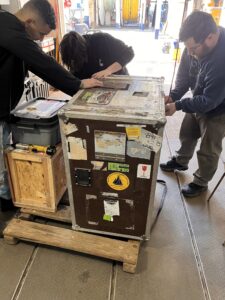
In addition to the technical tasks, we were also involved in some practical maintenance work. We helped secure loose items on deck in preparation for transit, organized and restocked personal protective equipment (PPE), and spent a considerable amount of time over two days cleaning and constructing new desk spaces for the Dry Lab. Building these desks was an unexpected yet highly rewarding experience. Because the ship’s environment requires extra durability, we made sure the desks were sturdy enough to withstand movement and could be securely bolted to the floor. To accomplish this, we used metal framing for the desk skeleton, ensuring it could be anchored to the ship’s floor. We then cut and fitted the top, side, and back panels to add further stability, improve the overall aesthetic of the lab, and hide wires and cables. This hands-on project allowed me to work with various power tools, including a chop saw, angle grinder, and buzz saw—skills I was excited to develop.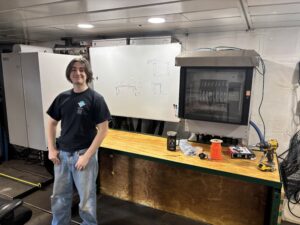
Overall, this experience has been a fantastic blend of technical work and practical skills, giving me the chance to work with cutting-edge equipment and learn valuable hands-on techniques. Unfortunately, due to changes in the ship’s transit schedule and an extended length of travel, I won’t be able to stay aboard the Langseth for its journey to Cape Verde. Nevertheless, this has been an unforgettable experience, and I truly hope I’ll have the opportunity to work aboard a vessel as impressive as the Marcus G. Langseth again in the future.
